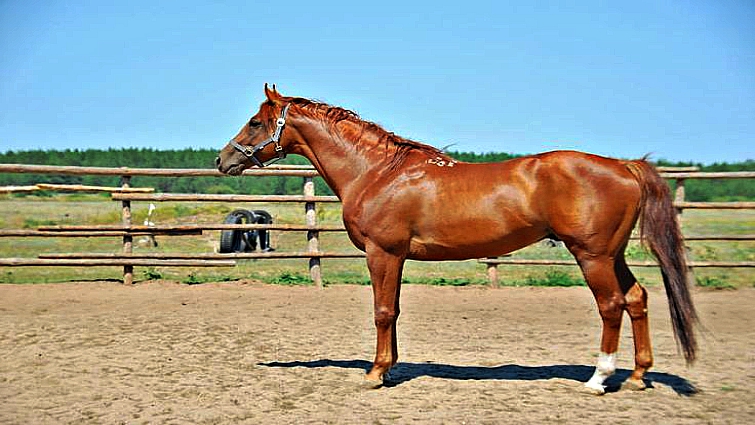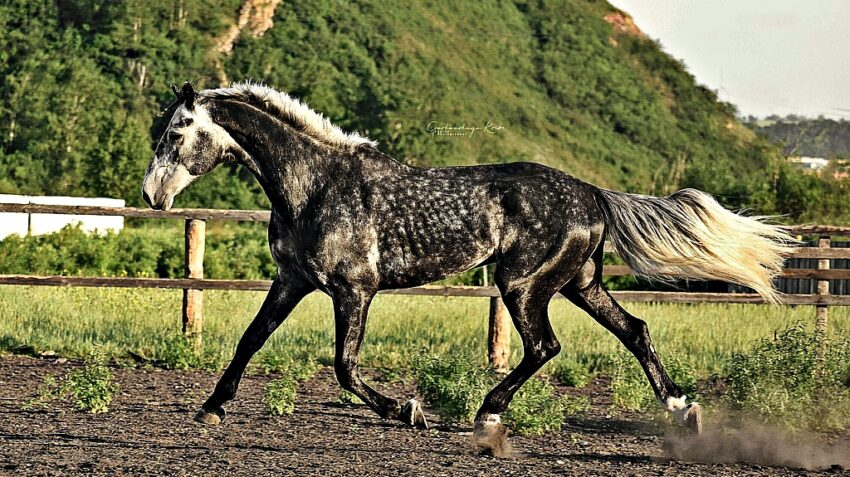1.The Orlov Trotter is arguably the most famous Russian horse breed and doubtless the first choice for a troika. The breed, distinguished for its pace and stamina, was developed in the late 18th century by Count Alexey Orlov, brother of Grigory Orlov, who was a favorite of Catherine the Great. The ancestor of the breed is the Arabic stallion Smetanka, whom Orlov bought for the incredible (in those days) sum of 60,000 rubles from the Turkish sultan. Smetanka was then crossed with Danish, Dutch and German carthorses, imparting both Arabic grace and northern resiliency to the breed.

2.This horse is synonymous with Russian Cossacks. The Russian Don was the driving force of the legendary Cossack cavalry for a long time. Strong, tenacious and unpretentious, these horses are perfect for the nomadic way of life. Today they are also used as saddle horses, often in a Russian tachanka, where four horses are hitched side-by-side.
3.The Vyatka horse is one of the oldest breeds in Russia. Long before the fancy Orlov Trotter came into play, it was the hard-working Vyatka that pulled troikas though the wide-open Russian spaces. Sturdy and good-tempered, this plodder was welcomed in Russian villages. But after the October Revolution, the breed faced decline. Now it is in the FAO Endangered List.

4.Gracious and strong, the Russian Saddle horse was the first choice for the Russian nobility in the 19th century. After the October Revolution and the Russian Civil War, the breed almost became extinct. But in the 1980s the Moscow Timiryazev Agricultural Academy recreated the breed. The modern breed, which is a combination of the Trakehner, the Arabic horse Akhal-Teke and the Orlov Trotter, is especially impressive in dressage.

5.If anything can reflect the spirit of the Russian October Revolution, it would be the blazing Budyonny horse. Developed by the legendary Bolshevik cavalry commander Semyon Budyonny, this horse became the prime mover of the Soviet cavalry. With its athletic appearance, the Buddyony is now widely used as an all-purpose competition horse.

